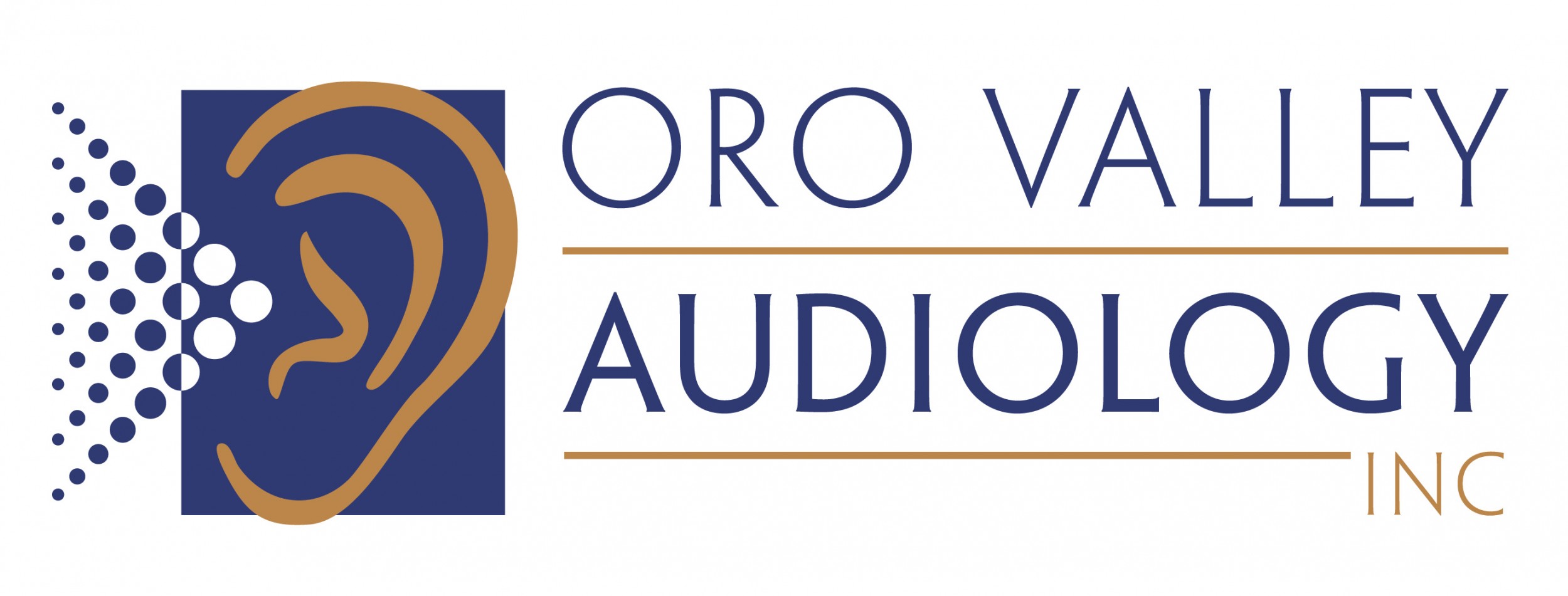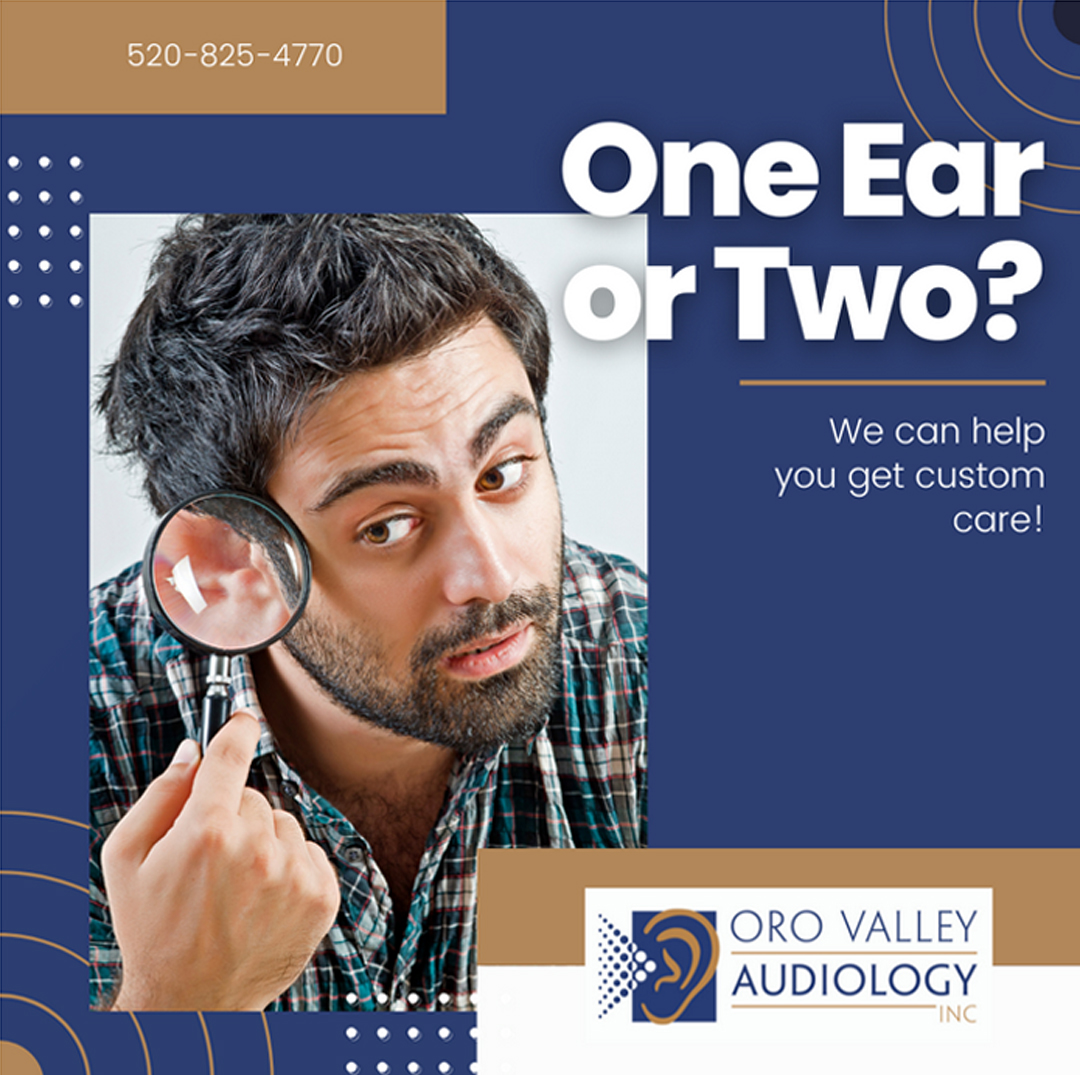For as long as I’ve been working in this industry, since 1991, I get the same question when recommending hearing aids. I know the public has gotten more educated on this topic because the question comes up less often compared to the 1990s.
It is rare that we would recommend only one hearing aid for an individual. If everything is equal between the ears and you fit just one side, then you are trading one type of hearing loss for another. In this instance, it is hearing loss in both ears versus hearing loss in one ear. For most brains, if one ear is better than the other, the brain only processes information from the better side. It doesn’t process the side from the worst ear. If sound is only coming in on one side, there is also a lack of localization for the individual.
But what are the instances that we would only recommend hearing aid in one ear? When we conduct a diagnostic audiogram, which includes word recognition testing, hearing in noise, and the pure tone test, we get a better idea on how the brain will process sound. If a hearing loss is profound or there is no benefit from amplification to understand speech, then the audiologist may not recommend a hearing aid on that side. But there are still instances with profound hearing loss that the individual wants to have awareness of environmental sounds. This helps in localization and can only happen if sound is coming in from both ears.
There are also rare instances that an ear, ear canal, or auditory nerve may not have developed. In this case, regular hearing aids would not be beneficial. This is not to say that there are not all other types of help that could be explored, such as bone anchored or brainstem implants. These will be identified in another blog post.
Although it is less expensive when hearing aids are purchased as a pair, the added benefits of hearing with both ears far outweighs the initial financial cost down the road. There have been studies linking the more severe hearing loss the less pay the individual collects. A study published in 2012 in the annals of otology, rhinology, and laryngology showed that those individuals who did collect an income with hearing loss made about 25% less than their counterparts with no hearing loss. It is also important for your future financial well-being to be properly fit with adequate hearing aids for both ears. There does need to be more studies surrounding this area.
There have been documented studies, since 1971, showing the benefits of hearing from both ears. The Journal of Laryngology & Otology , Volume 85 , Issue 3 , March 1971, pp. 213 – 232 discusses hearing aid dispensers; However, an audiologist did not put this into practice until the 1990’s. I believe most felt that at least one hearing aid was better than none. Although I disagree with this, I do understand why it happens due to the lack of resources. Here at Oro Valley Audiology, we will try to find numerous ways to make it affordable. If not within our products, we can refer to our nonprofit Grace Hearing Center who provides audiological services to those who are unable to afford help.


